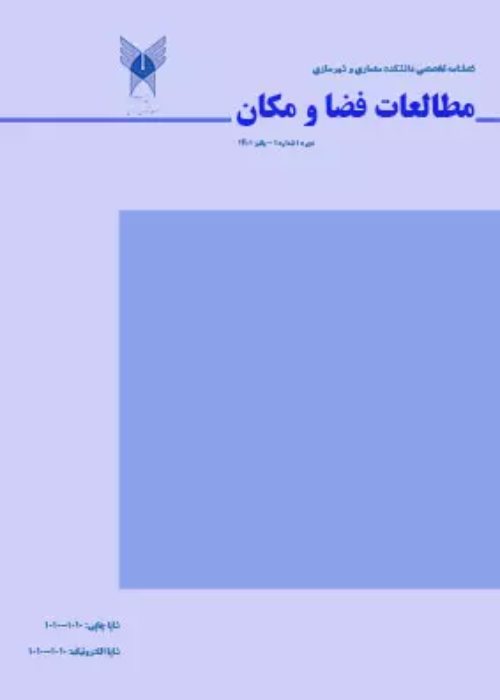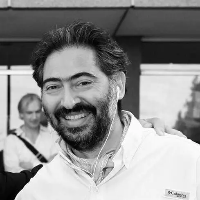Downtown Tehran as an Eco-park: The Implementation of Urban Ecological Design in Historic Contexts Based on Glocal Values
Megacities are highly responsible for the emissions of environmental pollution, energy overconsumption, and the threat of non-renewable natural resources. Therefore, it is vital to develop the ecological design indicators with an energy approach, especially for the historical urban fabrics, which in addition to environmental issues, have witnessed the migration of indigenous people as a result of physical and cultural degradation. Therefore, this article seeks ways to implement urban design with a renewable energy approach in urban historic contexts, which can be noticeable at the level of the world’s heritage. The research aims to encourage young and active people to live in the neighborhood with a green and sustainable lifestyle respecting energy sources, reducing pollution, and improving local identities at a global level. It thus studies the plausible futures with a series of techniques including Delphi, design solutions, and visioning with a case study method. The case of research is Downtown Tehran focusing on Sangelaj Neighborhood, somewhere between Tahmasebi’s and Naseri’s fortifications. After going through the three stages of design solutions, including context appraisal, vision, and action plans, a Delphi technique evaluates solutions in three consecutive rounds. Panelists including professional urban and architectural designers, as well as experts in urban energy, restoration, environment, traffic, and geology reached a consensus. Findings show that participatory visioning techniques, which mean engaging urban actors such as people and organizations, will improve the implementation of an urban eco-park, with energy, ecological and historical approaches. It thus provides a circular economy and circular neighborhood. The article then proposes strategies such as the complete street, and the use of renewable energies including recycling wastewater, using solar energies, and wind power. These suggestions will highlight the rich historical and natural background of the neighborhood such as Iranian gardens and aqueducts.
- حق عضویت دریافتی صرف حمایت از نشریات عضو و نگهداری، تکمیل و توسعه مگیران میشود.
- پرداخت حق اشتراک و دانلود مقالات اجازه بازنشر آن در سایر رسانههای چاپی و دیجیتال را به کاربر نمیدهد.



